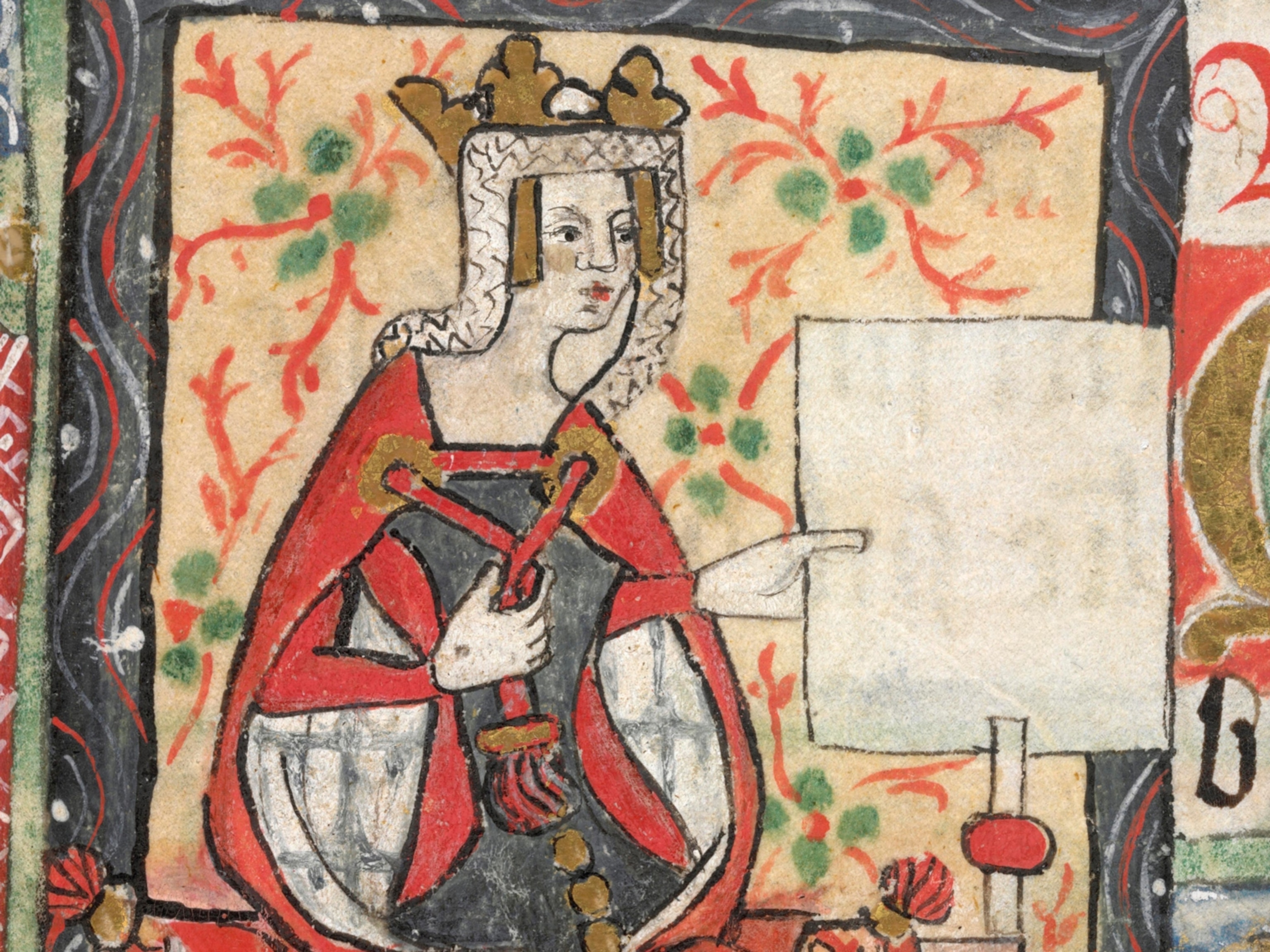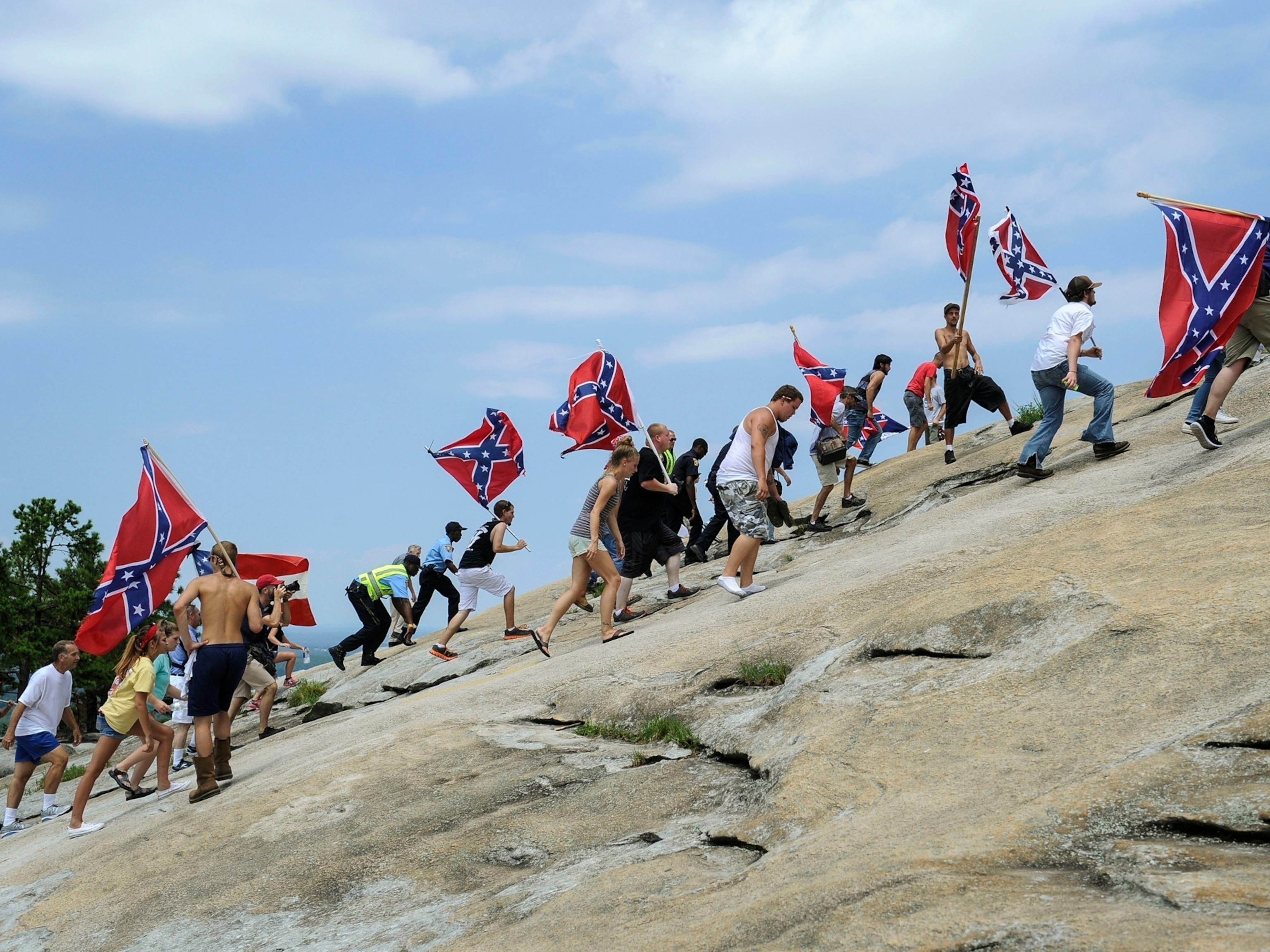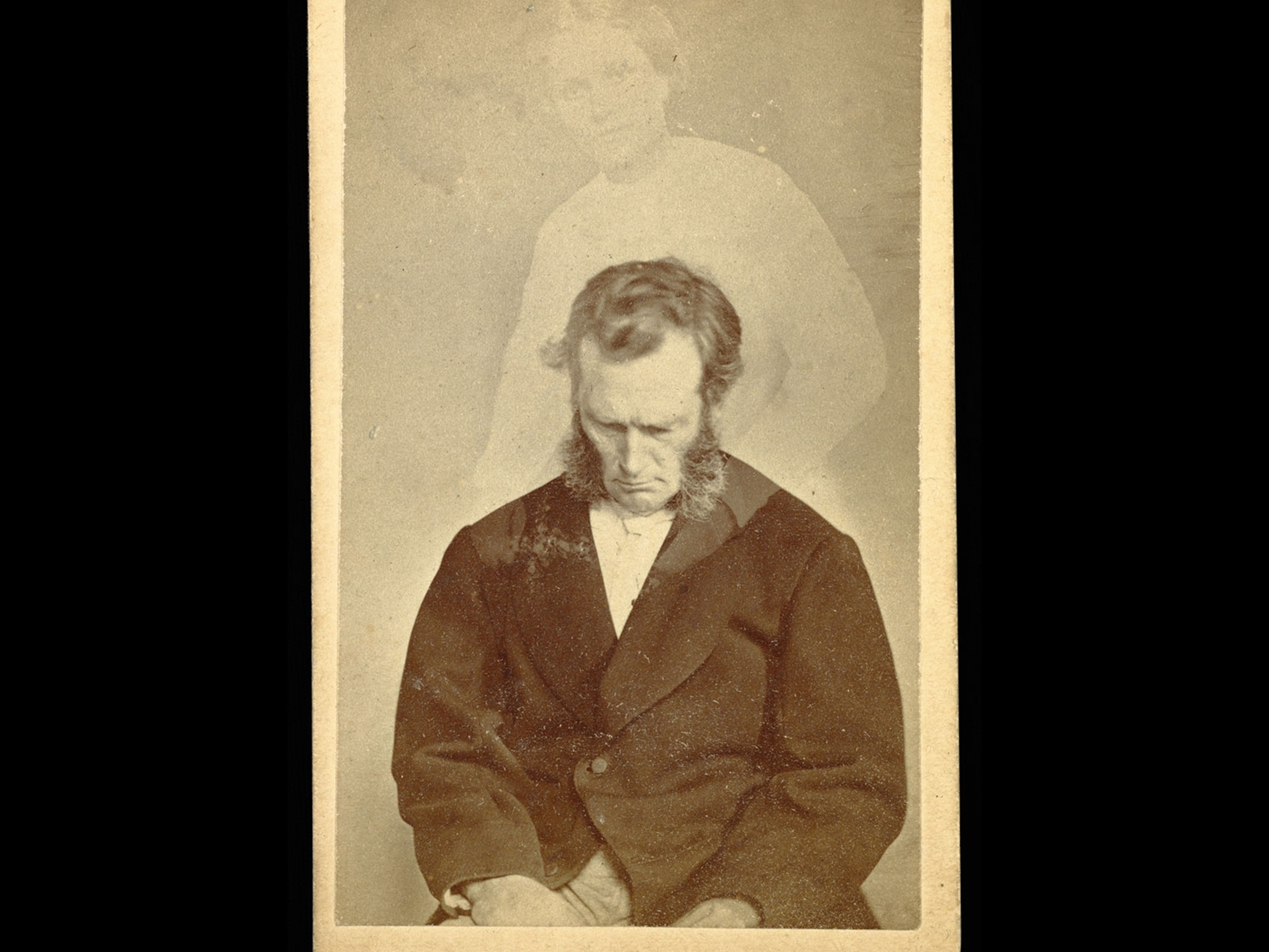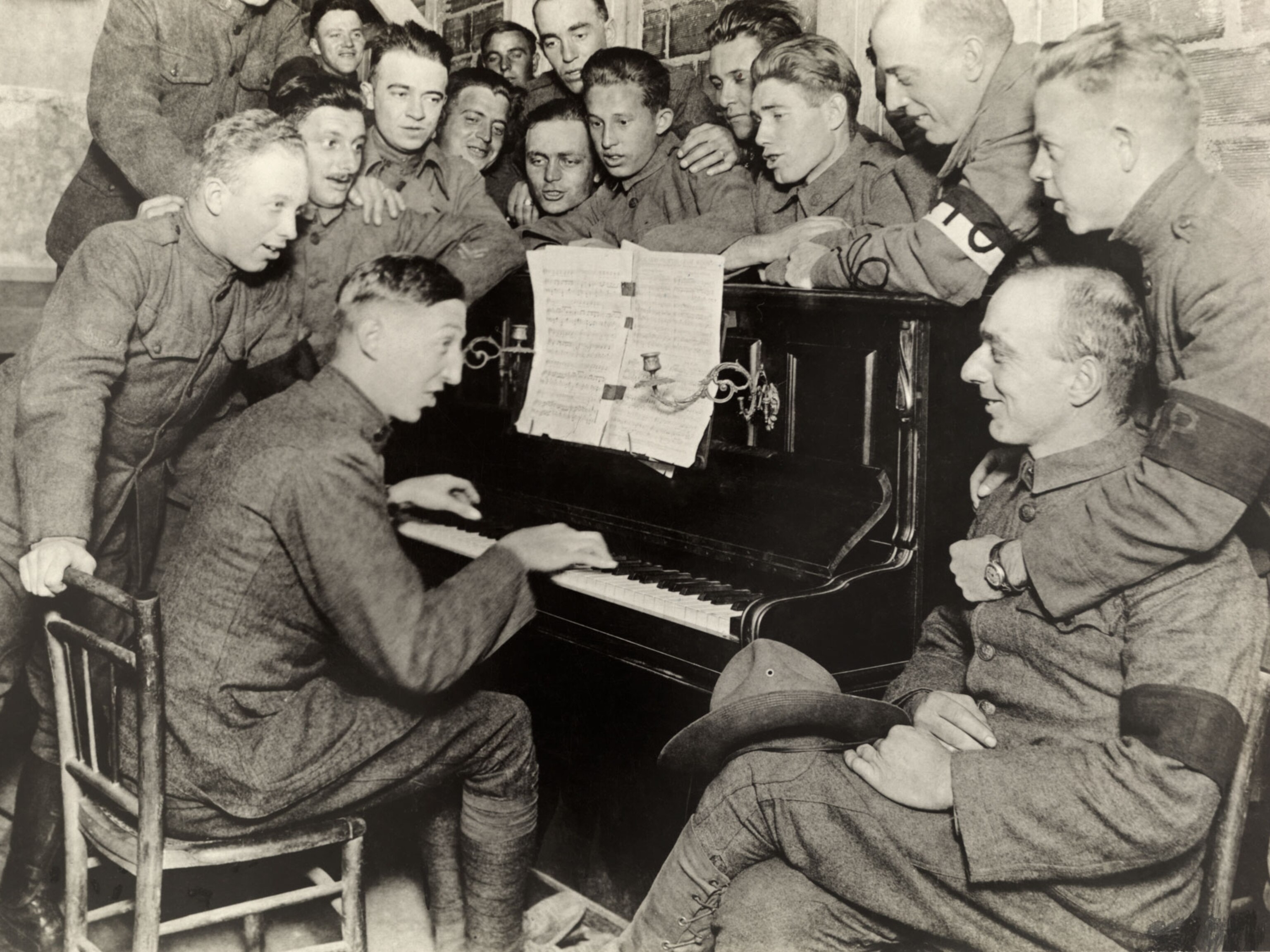
Why the Confederate Flag Made a 20th Century Comeback
The popularity of the Confederate battle flag today has more to do with the Civil Rights Movement than the Civil War.
Following the shooting at a predominately black church in Charleston, South Carolina, the state is considering removing the Confederate flag from its capitol. But how did it get there in the first place?
South Carolina's confederate flag hasn't been flying since the Civil War. The flag wasn’t prominently displayed in the South until southern politicians began using it in their campaigns; and South Carolina didn’t start flying the flag at its state capitol until 1962, a century after the war began.
We spoke with historian David Goldfield, author of Still Fighting the Civil War, about the flag’s revival.
Why did the the Confederate flag reappear so long after the war?
The Confederate battle flag made its reappearance following the end of World War II. A group of southern states seceded from the Democratic party and ran their own ticket, the Dixiecrats, and the Confederate battle flag was very prominent with the Dixiecrat campaign in the 1948 presidential election. Before ‘48, it had appeared occasionally at football games at southern universities, and usually at soldiers’ reunions or commemorations of Civil War battles; but other than that, it really was not a prominent feature of the South.
Once the Dixiecrats got a hold of it as a matter of defiance against their Democratic colleagues in the north and the African Americans in their midst, then the Confederate battle flag took on a new life, or a second life. In the 1950s, as the Civil Rights Movement built up steam, you began to see more and more public displays of the Confederate battle flag, to the point where the state of Georgia in 1956 redesigned their state flag to include the Confederate battle flag.
Were there other states that redesigned their flags at that time?
No other states redesigned their flag during the 1950s and 1960s. But in 1962, the state of South Carolina put the Confederate battle flag atop the capitol building in Columbia, South Carolina. The public reason for that [was that they] were celebrating the 100th anniversary of the Civil War. But in fact it was again a flag of defiance [against] the federal government and racial equality, because it was at the height of the Civil Rights Movement in the South.

The Confederate flag of today wasn’t actually the flag of the Confederacy—it was the flag of Robert E. Lee’s Northern Virginia army. So why do we think of it as the Confederate flag?
The appropriate name, really, is the “Confederate battle flag.” The Confederate national flag is kind of boring, and it bears some resemblance to the American flag. But the battle flag, particularly because of it’s association with General Robert E. Lee and the army of Northern Virginia—which was the largest Confederate army in the field—became the emblem of the Confederacy. So it was this close association with Robert E. Lee, who was almost a god, and also with the fact that many of the men who fought and died fought under that banner in the last two years of the war.
In the years after the war, the Confederate battle flag was probably less displayed than it is today. But after World War II, as I indicated, it had a second life. And that life was associated with defiance of the federal government and opposition to the Civil Rights and racial equality of the African American population in the South.
In the past couple of decades, what has the flag meant?
In the year 2000, the state legislature of South Carolina effected a compromise. At least, they called it a compromise—in reality, it was not. They took [the flag] down from the capitol dome and put it right smack on the state capitol grounds. So, it was even more visible after 2000 than before. And this brought the NAACP of South Carolina to call for a boycott of the state, and in fact many organizations refuse to hold their annual conventions in South Carolina.
It’s remained a contentious issue for the past 15 years because if you’re African American, and you walk by that flag, it’s a government endorsement of slavery [and] white supremacy. For African Americans, that’s what the flag stood for and that’s what the flag stands for. And the history of the flag certainly undergirds that interpretation.
Do you think that it should be taken down from state capitols?
Yes, I definitely think it should be taken down. But it should continue to be displayed in museums. It was a very tragic time in our nation’s history, and people should know about it, should learn about it, and should see it. And museums are the appropriate place for that.
This interview has been edited and condensed.
Follow Becky Little on Twitter.





